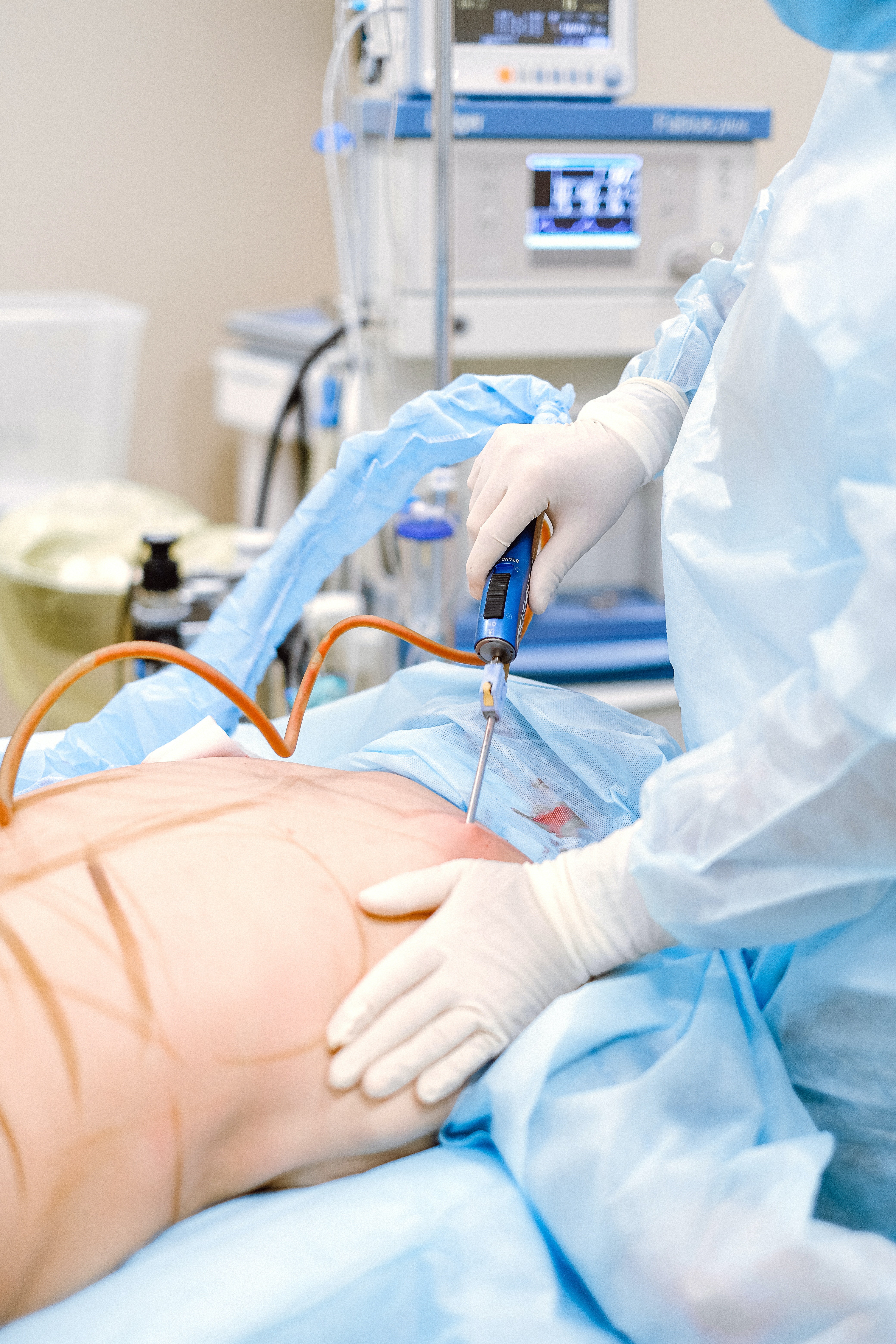Americans are currently spending more than ever before on plastic surgery.
There’s been a particularly large uptick in fat-reducing procedures like liposuction. Cosmetic surgeons performed 222,051 liposuction procedures in 2015!
If you’ve considered stomach liposuction to get rid of stubborn fat, keep reading.
Listed below are some important things you should know about this surgery. We’re also sharing some information on other available options.
How Does Stomach Liposuction Work?
Stomach liposuction works by reducing the number of fat cells in the stomach.
The specific amount of fat that is removed varies depending on appearance and volume.
Once you’ve had the surgery, your skin will mold to the new contours of the areas where fat was removed.
Liposuction can effectively remove fat from the body. However, it does not remove cellulite, stretch marks, or other skin irregularities.
Does Liposuction Work for Everyone?
The short answer? No.
Liposuction is generally only recommended for people with firm, elastic skin. Good candidates should also be within 30 percent of their ideal body weight and be non-smokers.
People who do not meet these criteria are more likely to experience complications and/or less-than-ideal end results.
Liposuction is especially not recommended for people who suffer from the following conditions:
- Poor blood circulation
- Coronary artery disease
- Diabetes
- Weak immune systems
These conditions increase the chances of experiencing complications during the surgery.
Potential Risks
Some complications a patient can experience during a stomach liposuction procedure include:
Contour Irregularities
If fat is not evenly removed throughout the area being operated on, you may end up with skin that looks bumpy or wavy. This change can be permanent or temporary.
People with poor skin elasticity are especially susceptible to contour irregularities.
Fluid Accumulation
Pockets of fluid, known as seromas, can sometimes form under the skin after the surgery. This fluid may have to be drained with a needle.
Numbness
Some patients experience temporary or permanent numbness in the area that was operated on.
Infection
Skin infections after liposuction are rare, but they can occur. If they’re severe enough, they can also be life-threatening.
Internal Puncture
Liposuction uses a thin tube called a cannula to remove fat cells. Sometimes, this tube can puncture an internal organ. When this happens, immediate surgery is required to repair the damage.
Fat Embolism
A fat embolism occurs when a piece of loosened fat breaks away and gets trapped in a blood vessel. Like an internal puncture, a fat embolism requires immediate emergency surgery.
Liposuction Alternatives
It’s okay if you don’t like the idea of going under the knife. There are alternatives to stomach liposuction that will help you achieve the physique you’ve always wanted.
For example, laser treatments are highly effective without being invasive.*
Our Zerona procedure is even safer than other laser treatments out there. This is because it uses cold, low-level operating lasers.
These lasers eliminate the risk of scarring and swelling.* People who receive this procedure also have no recovery time afterward.*
Want to Try Zerona Today?
If you’re interested in a safe, effective, and non-invasive fat reduction procedure, then Zerona might be right for you.*
Use our search tool to find a provider near you today.
Feel free to contact us through our online form, too, if you want more information about the procedure.
Last Updated on March 22, 2021 by zerona
